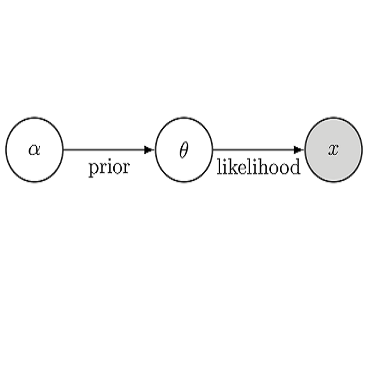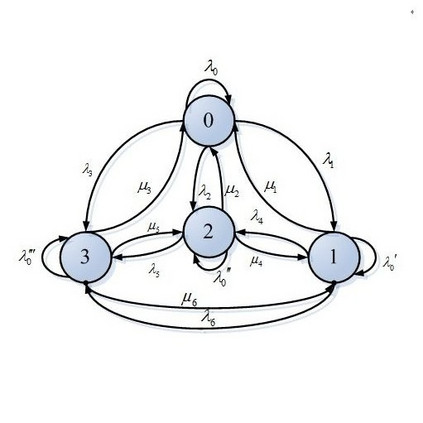The rampant adoption of ML methodologies has revealed that models are usually adopted to make decisions without taking into account the uncertainties in their predictions. More critically, they can be vulnerable to adversarial examples. Thus, we believe that developing ML systems that take into account predictive uncertainties and are robust against adversarial examples is a must for critical, real-world tasks. We start with a case study in retailing. We propose a robust implementation of the Nerlove-Arrow model using a Bayesian structural time series model. Its Bayesian nature facilitates incorporating prior information reflecting the manager's views, which can be updated with relevant data. However, this case adopted classical Bayesian techniques, such as the Gibbs sampler. Nowadays, the ML landscape is pervaded with neural networks and this chapter also surveys current developments in this sub-field. Then, we tackle the problem of scaling Bayesian inference to complex models and large data regimes. In the first part, we propose a unifying view of two different Bayesian inference algorithms, Stochastic Gradient Markov Chain Monte Carlo (SG-MCMC) and Stein Variational Gradient Descent (SVGD), leading to improved and efficient novel sampling schemes. In the second part, we develop a framework to boost the efficiency of Bayesian inference in probabilistic models by embedding a Markov chain sampler within a variational posterior approximation. After that, we present an alternative perspective on adversarial classification based on adversarial risk analysis, and leveraging the scalable Bayesian approaches from chapter 2. In chapter 4 we turn to reinforcement learning, introducing Threatened Markov Decision Processes, showing the benefits of accounting for adversaries in RL while the agent learns.
翻译:大量采用ML方法表明,通常采用模型来作出决定,而没有考虑到其预测中的不确定性。更为重要的是,这些模型可能易受对抗性实例的影响。因此,我们认为,开发考虑到预测不确定性并针对对抗性实例的ML系统,是关键、现实世界任务的一个必要条件。我们从零售业的案例研究开始,我们建议采用巴伊西亚结构时间序列模型,大力实施Nerlove-Arrow模型。它的巴伊西亚性质有利于纳入反映管理人员观点的先前信息,这种信息可以与相关数据更新。然而,本案采用了古典巴伊西亚技术,例如Gibs采样器。现在,ML的景色图中充满了神经网络,本章还调查了这个子领域的最新动态。然后,我们解决了将贝伊斯的推断能力放大到复杂模型和大型数据系统的问题。我们提出了两种不同的巴伊西亚推算模型的统一观点,即Stochatict Grain Markovcil 蒙特卡洛(SGMC) 和SesteinSregreal-Sliveral 等古典方法, 正在开始一种快速地变变变动的Sliversal II的系统,在Slievalalalal Procial Procial Procial Procial Procial deal Procial Procial Procial 上,在我们学习中学习的图中学习上学习了一种我们学习了一种我们的图图,在我们开始一种变变变变变变的图。




